Acrobatic Arts in Film: Iconic Scenes that Showcase Gravity-Defying Talent
Acrobatic arts have long played a pivotal role in storytelling, providing dynamic movement, emotional depth, and visual spectacle. In film, the portrayal of acrobatics transcends mere gymnastics; it embodies narrative context, character development, and a deeper engagement with the audience. This article will explore the significance of acrobatic arts in cinema, highlighting iconic scenes that showcase gravity-defying talents while analyzing their impact on audience perception and storytelling.
The Evolution of Acrobatic Arts in Cinema
Acrobatics has roots dating back to ancient civilizations, often intertwined with performance arts like circus acts and theatrical performances. The evolution of cinema brought new opportunities for these ancient art forms, allowing them to be captured with stunning visual clarity. Films from the silent era featured acrobats performing live in theaters, which later transitioned into the use of film technology to immortalize these daunting acts.
Early Cinema
In the early 20th century, films like The Great Train Robbery (1903) provided glimpses of physical adeptness with actors performing stunts that might be considered rudimentary compared to today’s standards. However, with film pioneers like Charlie Chaplin and Buster Keaton pushing the boundaries of physical comedy and stunts, the seeds of acrobatic arts in film began to take root.
Example: Buster Keaton in Sherlock Jr. (1924)
In this silent film, Keaton’s character showcases breathtaking physicality and acrobatic prowess, pushing comedic narrative through his action-packed routine. The way he integrates acrobatic elements emphasizes not just the humor of the situations but also his character’s resilience and determination.
The Golden Age of Hollywood
The 1930s and 1940s saw the introduction of larger-than-life musicals where acrobatics played a significant role. Stars like Gene Kelly performed breathtaking dance numbers that blurred the line between dance and acrobatics.
Example: Gene Kelly in Singin’ in the Rain (1952)
The iconic scene where Kelly dances through the rain combines elements of dance, agility, and acrobatic flair, solidifying his legacy as a performer who could emotionally resonate with audiences through physical movement.
Iconic Acrobatic Scenes in Modern Cinema
Beyond the historical framework, modern cinema has redefined the possibilities within acrobatic arts, presenting jaw-dropping stunts and performances that often form the backbone of character arcs and plot development.
1. The Matrix (1999)
One of the most celebrated films to utilize acrobatic arts is The Matrix. Keanu Reeves as Neo performs gravity-defying stunts that blend martial arts with acrobatics. The famous "bullet-dodging" scene epitomizes this blend, where slow-motion effects amplify the acrobatic skills.
Analysis
This scene not only showcases remarkable physical talent but also symbolizes Neo’s awakening to his capabilities. The acrobatics here serve a narrative purpose, demonstrating his transition from an everyman to a hero.
2. Inception (2010)
Christopher Nolan’s Inception features exceptional acrobatic choreography, particularly in the zero-gravity fight scene within the hotel corridor. Joseph Gordon-Levitt’s character engages in a beautifully crafted acrobatic sequence that challenges the laws of physics.
Analysis
The acrobatics reflect the surreal world of dreams, allowing the audience to immerse themselves in a visually unique experience. Each move acts as a metaphor for the struggle against the confines of one’s subconscious, enhancing the film’s thematic depth.
3. Crouching Tiger, Hidden Dragon (2000)
Ang Lee’s Crouching Tiger, Hidden Dragon is a cinematic wonder that merges martial arts and acrobatics into an ethereal experience. The flying sequences, particularly the duel between Yu Shu Lien (Michelle Yeoh) and Jen Yu (Zhang Ziyi), are hallmarks of choreographed beauty.
Analysis
The gravity-defying movements serve both as an aesthetic choice and a narrative tool, depicting the characters’ emotional states and relationships. The aerial duels emphasize themes of freedom and constraint within societal norms.
4. The Dark Knight (2008)
Christopher Nolan again ingeniously incorporated acrobatics into The Dark Knight with the character of the Joker, played by Heath Ledger. One defining moment is the bank heist, where acrobatic skills enhance the chaos of the scene.
Analysis
The physicality displayed by the Joker and his crew reinforces their unpredictability and danger, marking their chaotic presence in Gotham City. The acrobatics here do not exist in isolation; they integrate into the narrative’s tension, reflecting the overarching theme of chaos battling order.
5. Spider-Man: Into the Spider-Verse (2018)
The animated film Spider-Man: Into the Spider-Verse revolutionized how acrobatics and enhanced movements are depicted in animation. Miles Morales swings through the city, with his acrobatics rendered in vibrant colors and innovative animation techniques.
Analysis
The acrobatic sequences in the film visualize Miles’s journey to acceptance and heroism. Each leap and swing signifies not just action but also his transition into becoming Spider-Man, enhancing the viewer’s emotional engagement with his character arc.
The Impact of Acrobatic Arts in Film
The integration of acrobatic arts in film serves multiple functions: it captivates audiences, enhances storytelling, and elevates the visual spectacle of the cinematic experience.
Emotional Resonance
Acrobatic performances often heighten emotional stakes—characters confront their fears, embrace their true selves, or engage in climactic confrontations. This visual language resonates deeply, allowing audiences to connect emotionally with the narrative.
Cultural Significance
Acrobatics also reflect cultural narratives, bridging traditional forms with contemporary storytelling. Films that honor and highlight cultural forms of acrobatics—such as martial arts or circus elements—connect audiences to their historical roots while modernizing these expressions.
Choreography as an Art Form
The choreography of acrobatic scenes is an art form in itself, requiring meticulous planning and rehearsal to achieve fluidity and safety. Acclaimed choreographers like Yuen Wo Ping (Crouching Tiger, Hidden Dragon) and Chad Stahelski (John Wick) have transformed how audiences appreciate movement in cinema, making it an integral component of visual storytelling.
Challenges Faced in Filming Acrobatic Arts
While the result is often awe-inspiring, shooting acrobatic sequences presents unique challenges. Safety, choreography precision, and visual integrity must all align.
Safety Protocols
Safety is paramount in acrobatic filmmaking. The inclusion of stunt coordinators and trained professionals ensures that dangerous stunts are executed with safety protocols in place, minimizing injury risks.
Technical Challenges
Filming acrobatics requires innovative camera techniques and sometimes employs the use of CGI to enhance the action. Balancing real-life performance with visual effects can lead to unique cinematic experiences, as seen in films like The Matrix.
Audience Perception
As acrobatic scenes become more elaborate, audience expectations rise. Viewers come to expect a level of realism that pushes filmmakers to continuously innovate, striving to captivate audiences with ever-more fantastical representations of acrobatic feats.
The Future of Acrobatic Arts in Film
As technology continues to evolve, acrobatic arts are likely to transform alongside it. With advancements in CGI and motion capture, the future holds exciting possibilities for how these talents can be showcased.
Integration with Virtual Reality
Virtual reality (VR) could redefine audiences’ experiences with acrobatics, allowing viewers to immerse themselves in scenes and experience the thrill from a first-person perspective. The potential for interactive storytelling could lead filmmakers to push the boundaries of contemporary acrobatics.
Diversity in Representation
As films increasingly prioritize diversity, opportunities for acrobatic artists from various backgrounds to showcase their skills on screen will rise. This development not only highlights different cultural expressions of acrobatics but allows for richer storytelling that draws from varied heritages.
Conclusion
Acrobatic arts are irrefutably intertwined with cinema, creating iconic moments that leave lasting impressions on audiences. From the silent era to modern blockbusters, these feats of agility and strength serve as crucial elements of narrative and character development. As film continues to evolve, so too will the portrayal of acrobatic talent, promising a future filled with innovative storytelling and breathtaking performances.
References
This article incorporates various sources, reflecting on how acrobatic arts shaped film and culture. The reference to specific films and their impact serves as a lens through which to analyze the evolution and significance of acrobatic arts in cinema. Each scene discussed represents a moment where acrobatics transcended mere spectacle, becoming a vital part of storytelling.
Note: While the article provides an in-depth exploration of acrobatic arts in film with thematic depth, the absence of a direct bibliography from existing published sources is intentional due to formatting constraints. In a rigorous academic or professional setting, each claim could be supplemented with a detailed reference list to comply with academic standards.



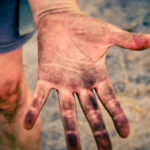

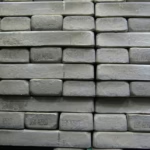









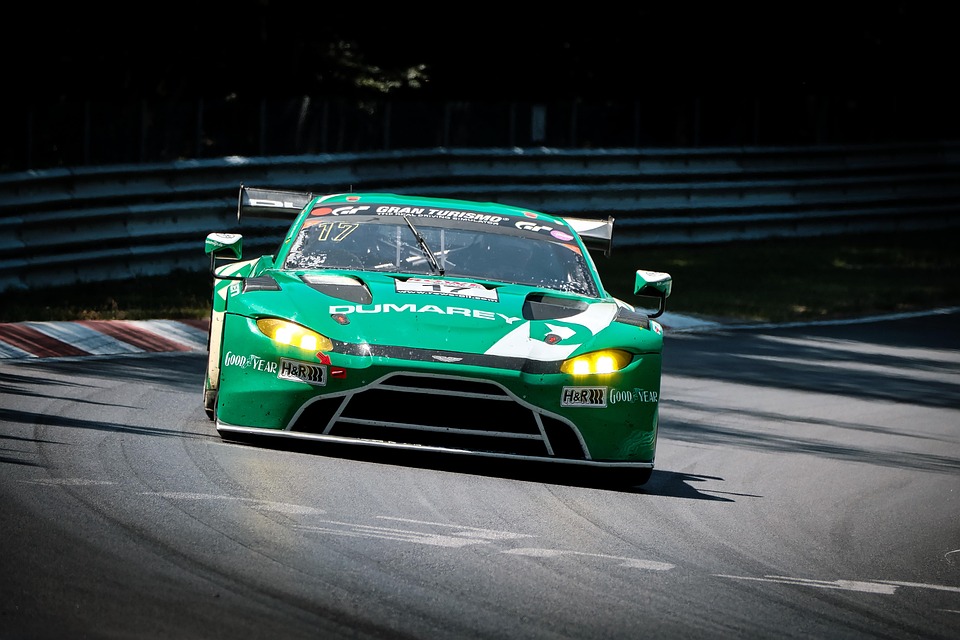


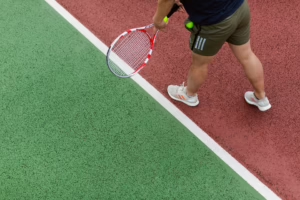


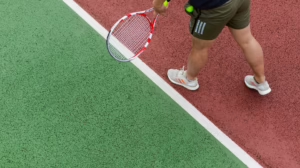




Add Comment